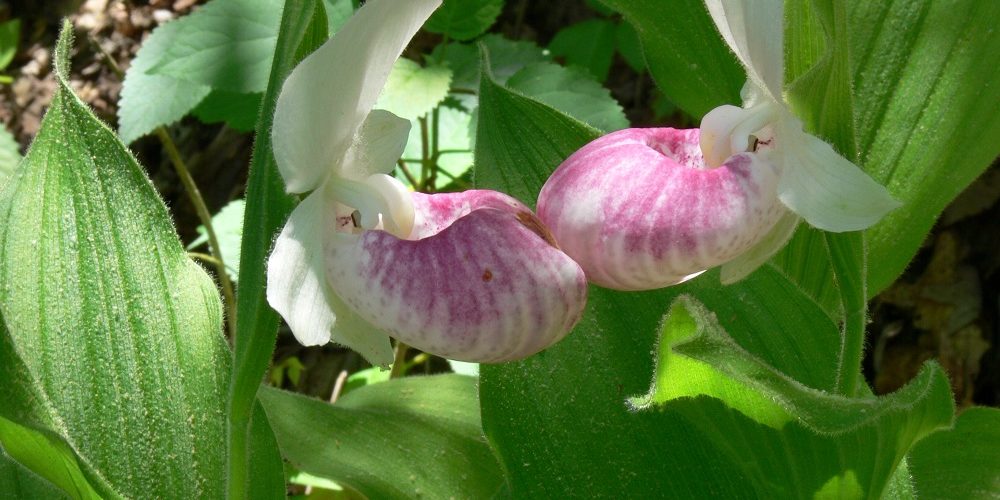Pioneer Forest

Pioneer Model Forest
Written by Jason Green and Eytan Krasilovsky
History: Pioneer Forest has been in the Model Forest program since 2002, but ecologically minded management has been part of the forest since 1952. Today the forest consists of more than 143,000 acres. Leo A. Drey began acquiring forest land in 1951. These lands had been recovering from two intensive harvest periods: one spanning 1880–1920 and the other from the mid-1930s to the mid-1940s. A conservative single-tree selection technique of uneven-aged forest management over decades of time has restored the forest on a landscape scale. In 2004, Drey donated the entire forest to the L-A-D Foundation to ensure that it would remain intact, continue to be managed under a Guild-style, sustainable approach, and serve as a model to others in the future.
Management: Pioneer Forest is located in the heart of the Missouri Ozarks. Its staff members have managed these oak-hickory-pine forests with the goal “to develop and manage native tree species of large diameter and high quality for wood products while also providing a host of recreational and ecosystem benefits.” Since its inception, Pioneer Forest has invested in forest inventory and research through a system of continuous-forest-inventory plots as well as partnerships with numerous research institutions. Specific research projects have focused on other ecosystem elements both above and below ground. In addition to silviculture and research, Pioneer Forest management supports a small economy of forest workers, wood haulers, and mills. The forest also maintains more than 65 miles of interpretive, hiking, and equestrian trails to provide a variety of recreational opportunities.
The forest has been using prescribed fire to restore and manage shortleaf pine woodlands and glades.
Staff continues to meet future challenges including climate change by “continuing to manage our forests on a sustainable basis by using sound scientific and ecologically friendly methods coupled with vigilant monitoring of our forest’s health.” Pioneer has increased educational outreach by promoting the uneven-aged management system to other landowners, both public and private, as a timber-management method for increasing carbon sequestration. Interestingly, whereas others in the region have experienced oak decline, particularly scarlet oak (with a relatively short life span of 80-100 years), a variety of oak species are successful under Pioneer Forest management with its emphasis on managing for multiple species, multiple age classes, and individual tree health.
Biodiversity: In the fall of 2007, a stand with a significant sinkhole wetland (as well as locally unique overcup oak) was harvested. Using Pioneer Forest’s techniques, this stand had been harvested once in the 1960s and again in 1984. The site was monitored by a conservation biologist in March 2008 for spotted salamanders and wood frogs, which are sensitive to traditional harvesting during their breeding season. This monitoring indicates that populations remain successful and abundant and have not been adversely affected by the active harvesting using Pioneer Forest techniques and adds to Pioneer Forest staff members’ confidence that their management protects a suite of forest values.
Outreach: Prior to becoming a Guild Model Forest, Pioneer Forest was proactively sharing and promoting the ecological and economic benefits of its management approach to other private landowners in the Ozarks and across the nation via its website. According to retired Forest Manager Terry Cunningham, the role of management at Pioneer Forest has been “to serve as a model of excellent, sustainable, uneven-aged management in the upland oak-hickory forest of Missouri. Forest staff remain very active in outreach and education both locally, nationally, and internationally by hosting field days, offering demonstrations, and making the forest available for research by graduate students.”
Certifications: Pioneer Forest was the first to be certified in Missouri by the Forest Stewardship Council (FSC) in 2003 through 2013. That was part of previous Pioneer Forest manager Clint Trammel’s long-term vision and validated that the methods Pioneer Forest has been using for over 50 years meet the stringent FSC guidelines relating to ecological, cultural, and social standards. Furthermore, sensitive areas, unique habitat, and water resources are protected. Although not presently certified, the forest continues to watch certification programs and supports that mission.
Forest Statistics
- Acreage: 143,000 acres
- Forest Types: Ozark Oak-Hickory
- Manager: Jason Green
- Primary Uses: timber, flooring, fuelwood, recreation, outreach, wetland and wildlife protection
- Affiliations/Links: L-A-D Foundation
Documentation and Press
Stay Informed
about our recent projects and upcoming events.
